Eat & Walkabout: 2024 Global Culinary Travel Award Winners
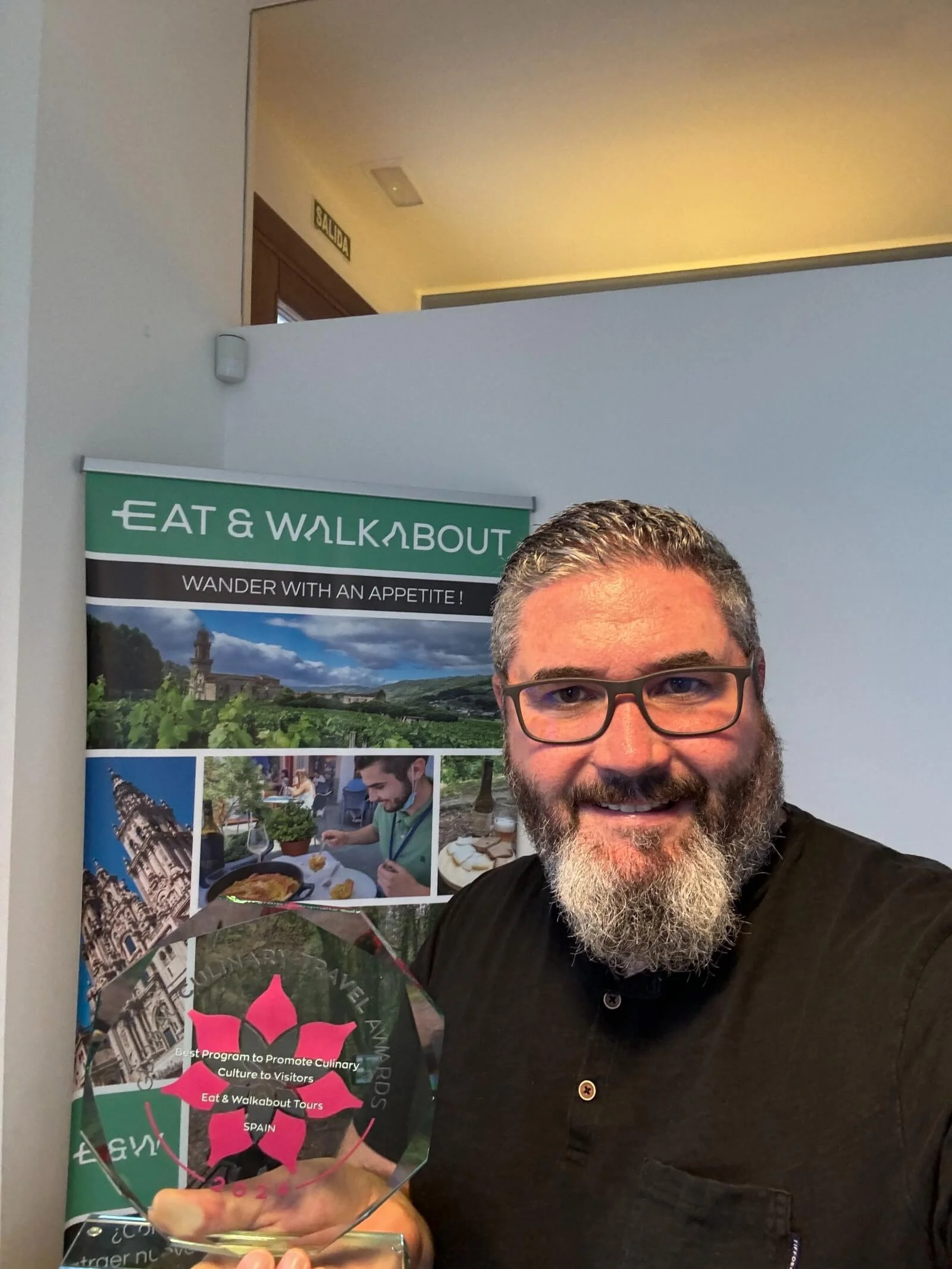
This year, the culinary tourism scene in Spain is brimming with pride as we at Eat&Walkabout have just won at the prestigious 2024 Global Culinary Travel Awards, organized by the World Food Travel Association (WFTA). We are honoured to be recognized as the Best Program to Promote Culinary Culture to Visitors. This award confirms that our passion for connecting travellers with authentic traditional food and wine has reached new heights. We can’t wait to continue offering unforgettable experiences!
Spain and Portugal at your own pace: Private car services and customized tours
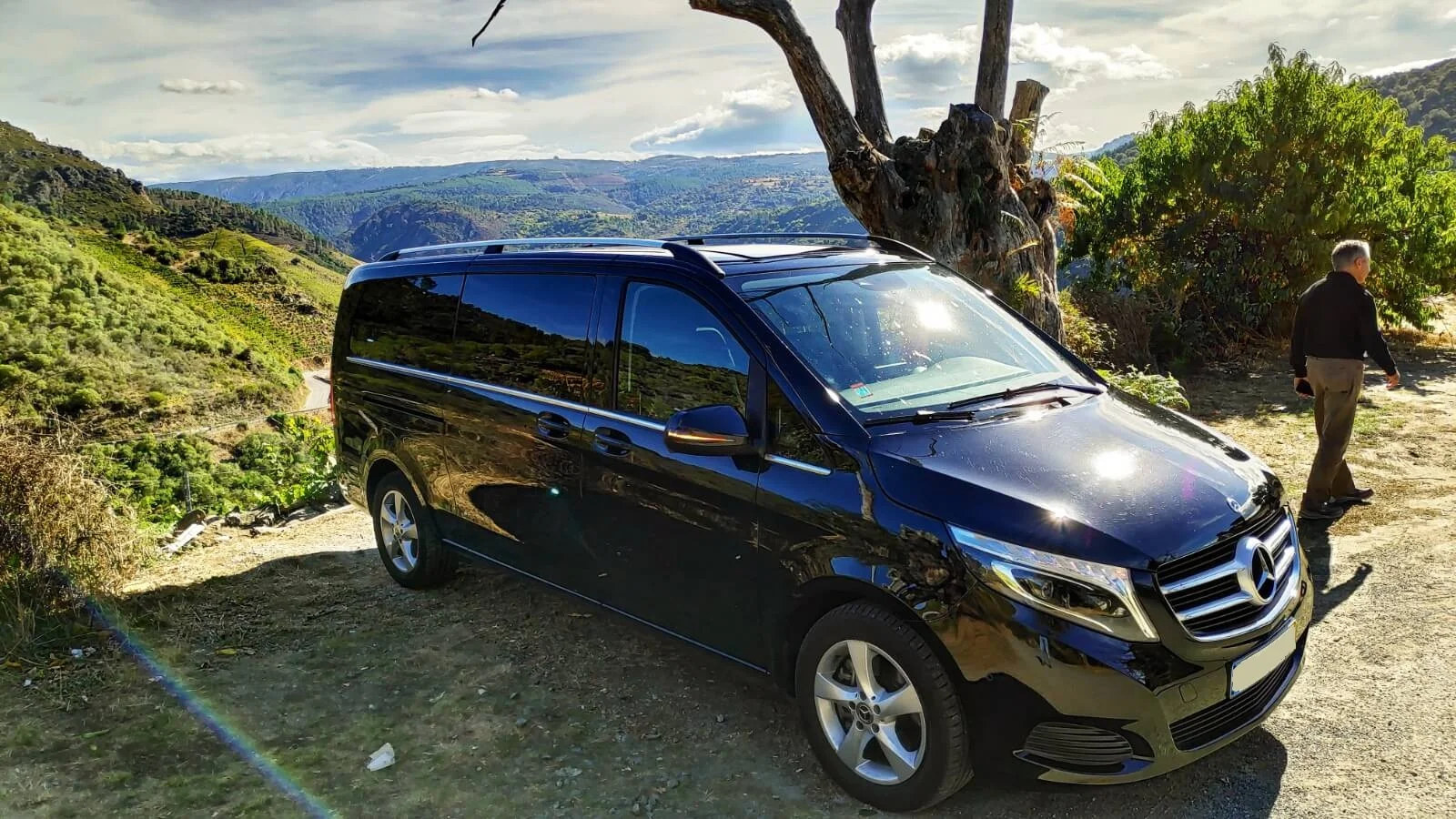
Traveling through Spain and Portugal is a unique experience, filled with unmatched history, culture, and cuisine. If you are looking for maximum comfort, luxury, and flexibility, our private car services and customized tours are the perfect option to explore the Iberian Peninsula. From the green lands of Galicia to the sunny coasts of Portugal, passing through multiple points of Spain, we offer you the opportunity to enjoy an exclusive and pleasant trip.
10 Best Things to do in Baiona, Galicia, Spain
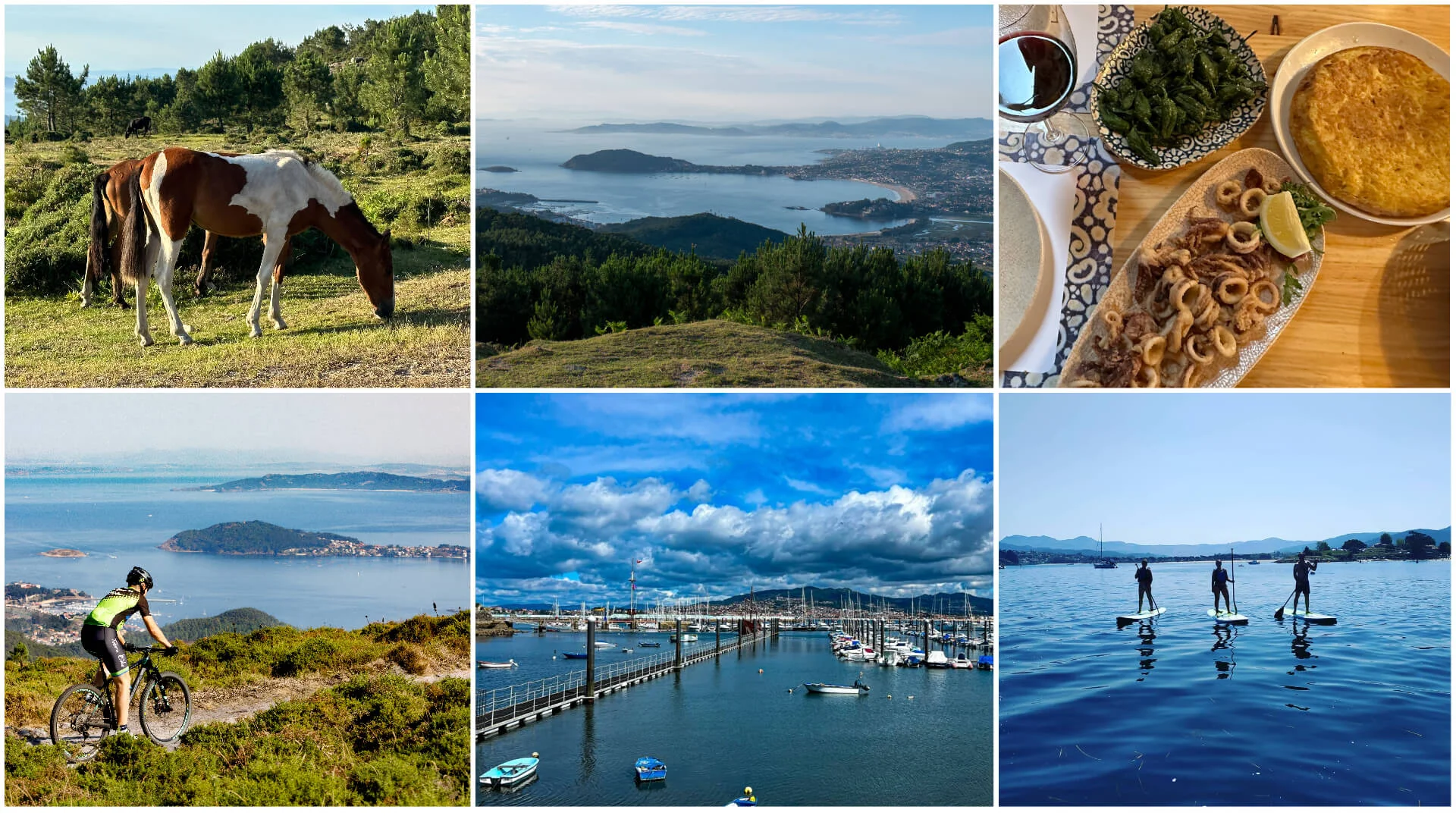
Baiona is located on the beautiful Atlantic Rias Baixas coast of Galicia in Northwestern Spain. A noble seaside town that offers a perfect blend of things to do for everyone! History, natural beauty, gastronomy, and outdoor adventures for people of all ages. If you are looking for a fun escape, Baiona has a wide range of activities to cater to your adventurous spirit. In this blog post, we will mention some of the best things to do in Baiona, including horse riding, sailing, and other delightful experiences that will make your visit to Baiona truly memorable!
Festivals in Baiona: the 7 most popular ones
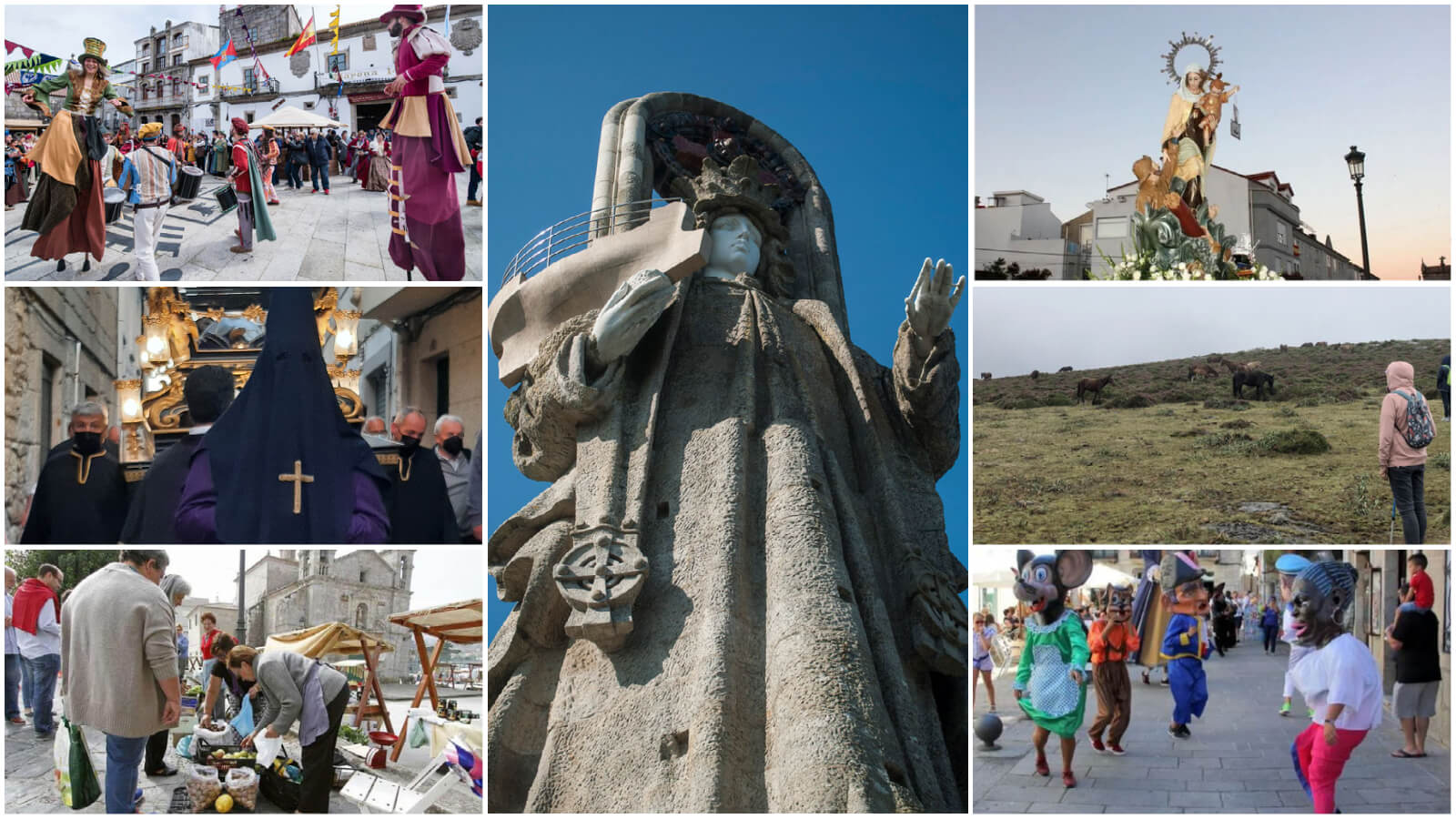
Baiona is a beautiful coastal town located in Pontevedra, Galicia, Spain. Situated down the southern coastal region of the Rias Baixas. It has a picturesque bay facing the Atlantic Ocean, with a port full of colorful small fishing boats and luxury yachts. A great destination to visit with family and friends all year round because of its mild climate and its numerous blue flag beaches, with some of the most popular beaches in Galicia, Spain.
Where to Stay in Moaña, Galicia: 8 Best Hotels & Unique Accommodations
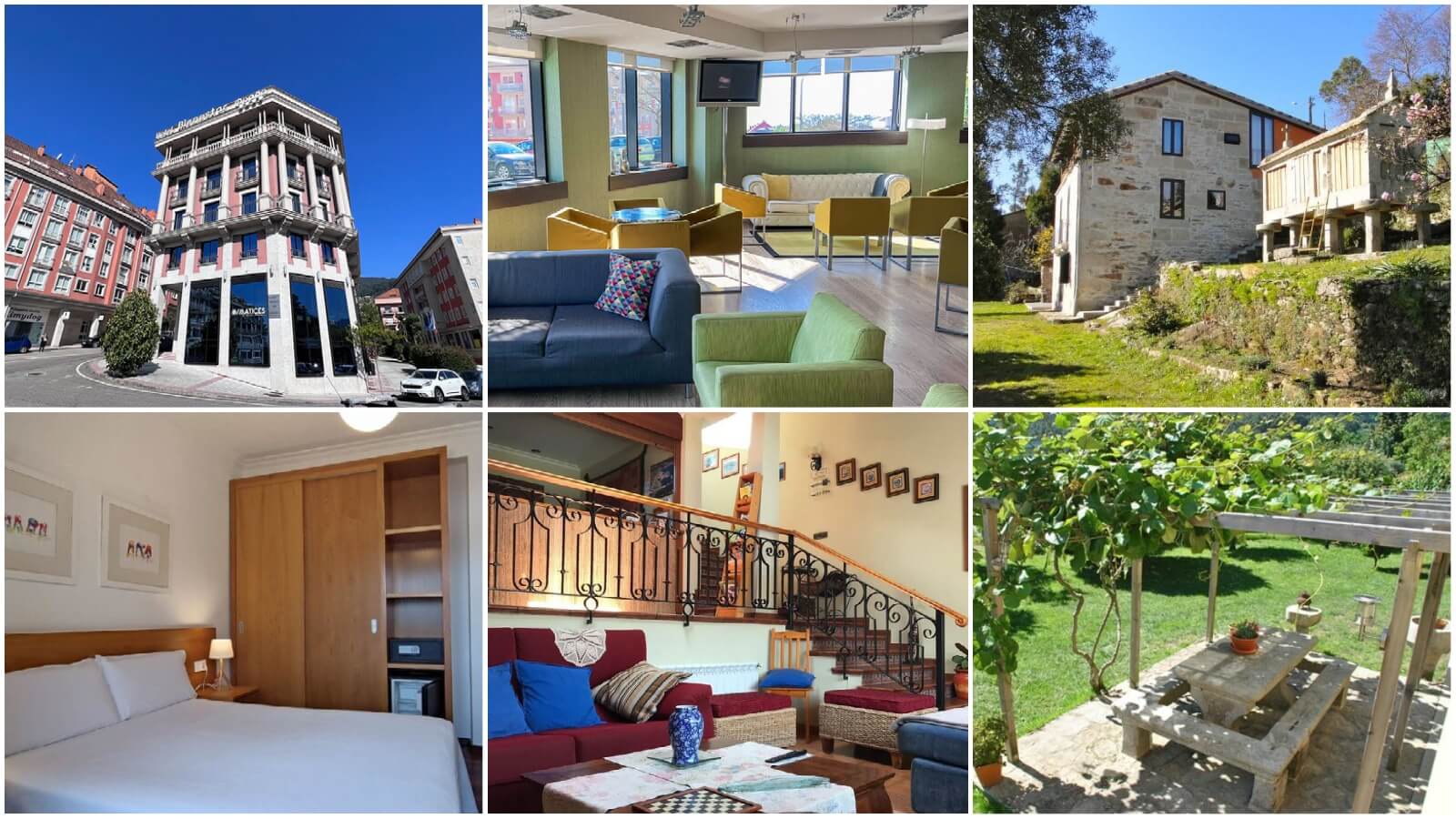
Moaña is located on the Rias Baixas coast in the province of Pontevedra, Galicia, Spain. This charming fishing village is considered one of the most attractive places to stay in Galicia, due to its important cultural heritage, stunning beaches, and of course, amazing local gastronomy!
5 Most Popular Festivals in Moaña, Galicia
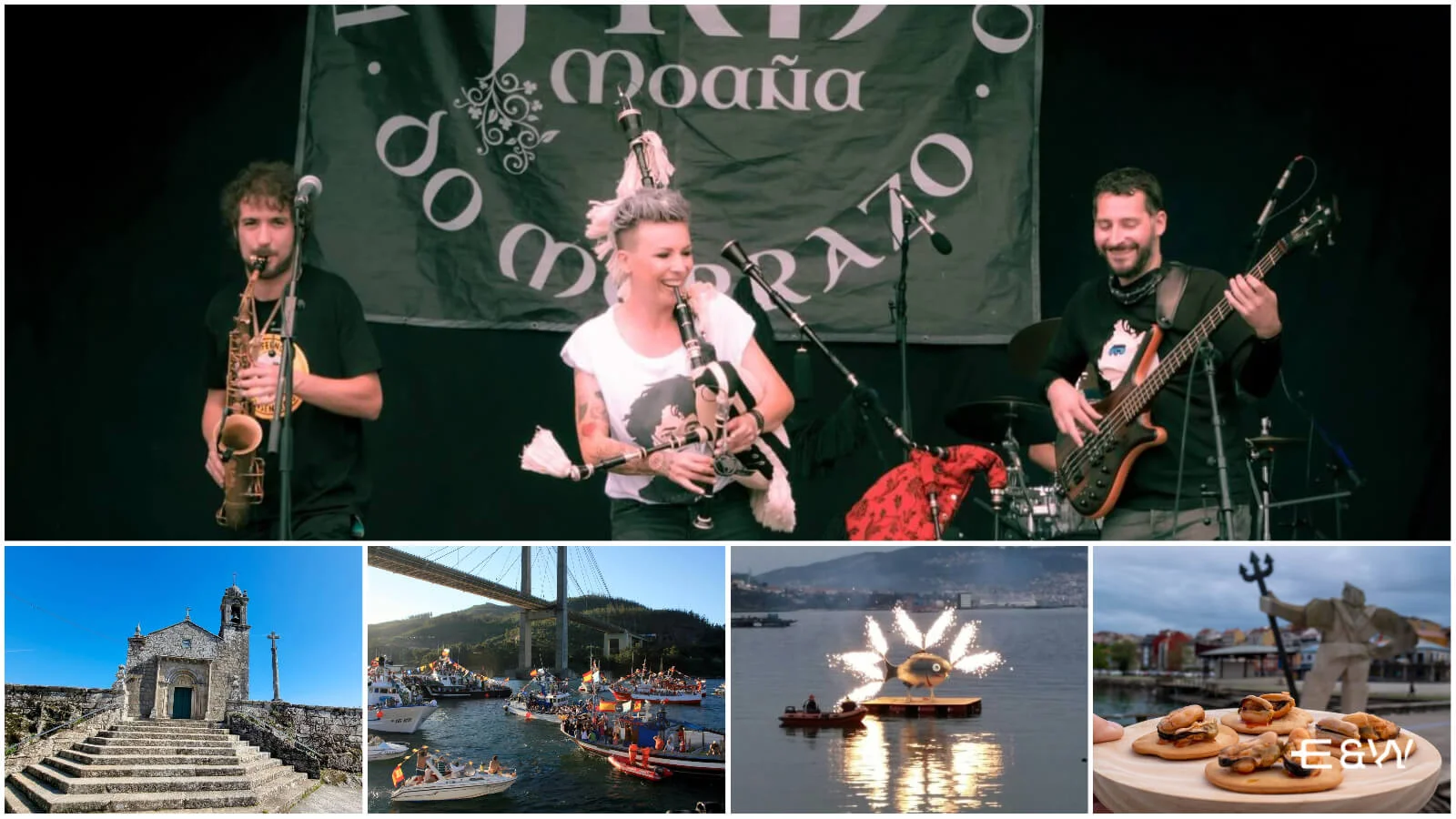
Music, Culture and Gastronomy... Here is our list of the 5 Most Popular Festivals in Moaña, Galicia:
Las 5 Fiestas mas Populares en Moaña, Galicia

Música, Cultura y Gastronomía... Aquí tienes nuestra lista de Las 5 Fiestas Mas Populares en Moaña, Galicia:
Que ver en Moaña, Galicia: Top 8 Actividades
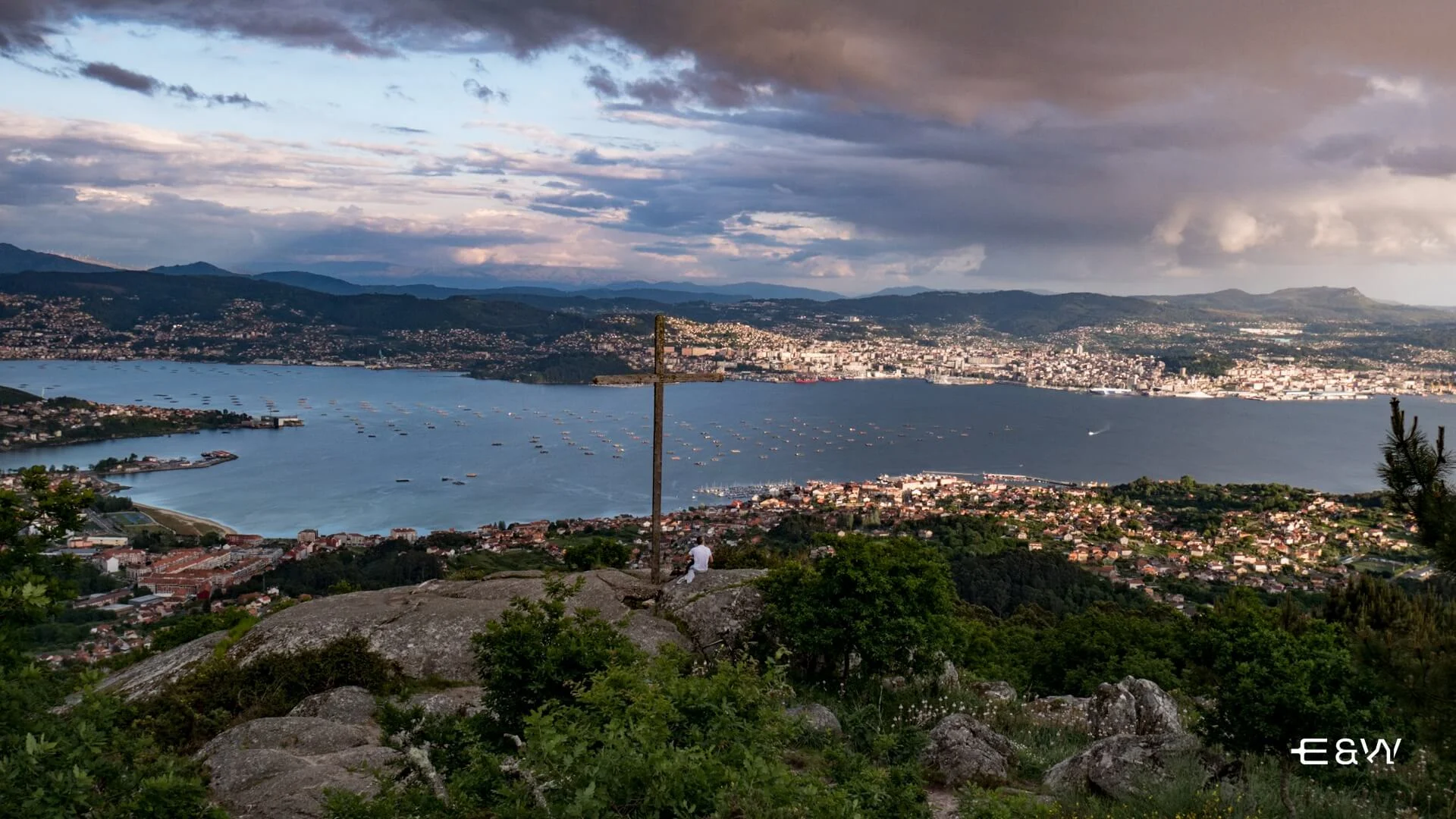
¿Nunca habias oido hablar de Moaña y no tienes seguro qué ver y hacer? Aquí tienes nuestra lista de Que ver en Moaña, Galicia: Top 8 Actividades:
Top 8 Things to do in Moaña, Galicia, Spain

Never heard of Moaña and not sure what to see and do? Here is our list of the Top 8 Things to do in Moaña, Galicia, Spain:
The Santiago Cake: The Oldest Traditional Recipe of Galicia
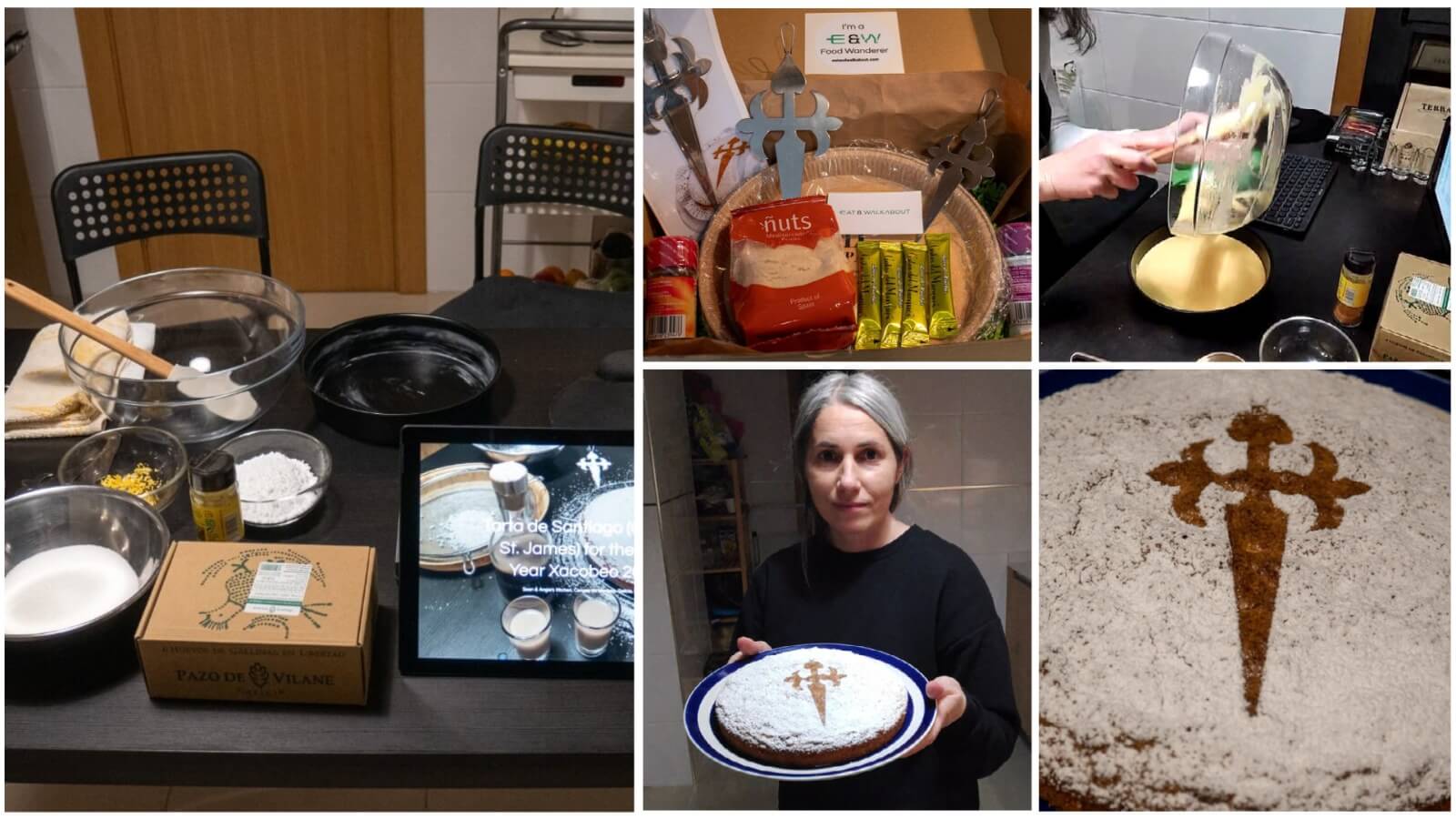
The Santiago Cake is a traditional dessert from the capital of Galicia, Santiago de Compostela, that has been baked for many years, dating as far back as 1577. It is one of the most praised recipes of the region, an exquisite dessert and a must-try if you are visiting this city, or following the Camino de Santiago (The Way of St James) as a pilgrim to the shrine of the apostle St James (Santiago).